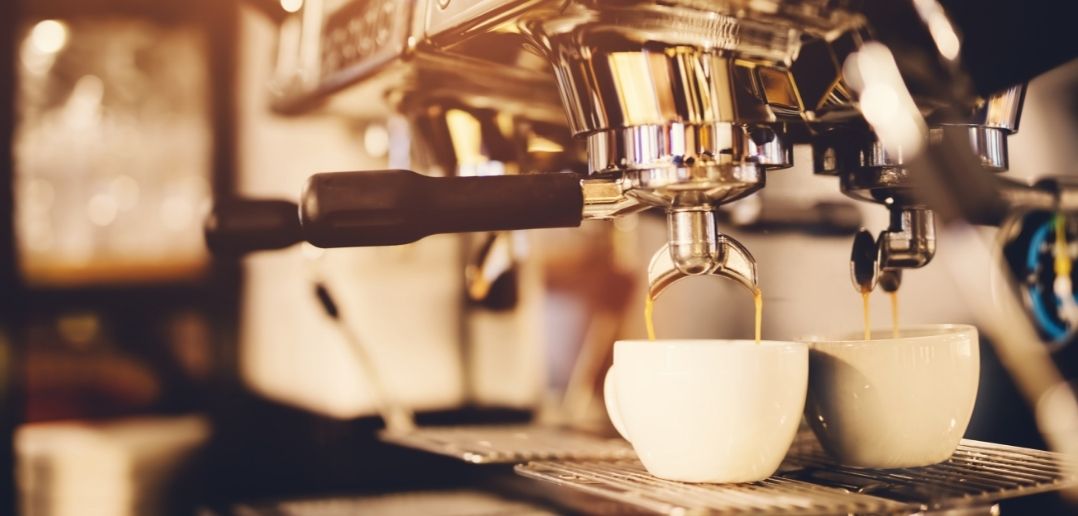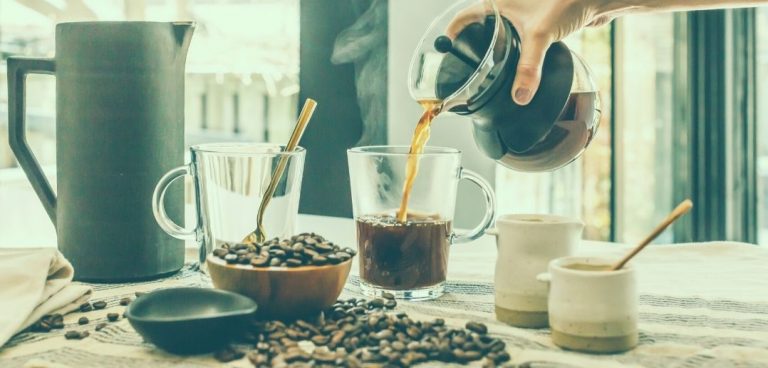We all know that there are different types of coffee, but… do we really know which and how many types of coffee we can find? What are the most common types of coffee prepared in Spain? The question is more difficult to answer than it seems, as the type of coffee depends in turn on the type of categorisation we want to establish.
So, in this article, we are going to compile the different ways of ordering coffee and classifying it. We will also see which are the most famous types of coffee that exist in the world according to each of them. And even so, we will certainly not manage to cover all of them?
Types of Coffee Beans
There are two main types of coffee beans: robusta and arabica. Almost all coffees in the world are made from one of these two varieties, or by mixing both in different proportions. However, there are other minorities and more unknown varieties: get to know all the different types of coffee beans.
The differences between robusta and arabica coffee are obvious:
Types of Coffee: Robusta Coffee Beans
Robusta coffee originates from Central Africa. It grows in dry regions, and is, therefore, less digestible and has a more bitter aftertaste than arabica. It has a much higher caffeine concentration. For all these reasons, robusta coffee is often considered (although this is a somewhat light-hearted statement) to be of “poorer quality” than arabica. Consequently, it is also cheaper.
Types of coffee: Arabica coffee beans
Arabica coffee comes from Ethiopia (although it is not exclusively grown here, of course), and has much less caffeine than robusta. It is more digestive, more aromatic, and in some ways also milder. And yes, it is indeed also more expensive.

Now that you know the differences between arabica and robusta coffee, you will be able to buy the raw material with more knowledge. If you are interested in a specific variety, or if you want to know some of the best coffees in the world, don’t forget to visit our coffee bean shop.
Types of Coffee in Spain According to Roast
A big difference that we have in our country in terms of types of coffee is the roast. In most countries of the world, they only know natural coffee and this debate does not exist, but in Spain (and some neighbouring regions) there is still roasted coffee and blended coffee.
If you want to know the differences in more depth, we recommend you read the article we dedicated exclusively to this subject: Torrefacto or Natural Coffee?
Types of coffee according to their preparation
There are many ways to prepare coffee, as well as to serve it. You can order black coffee or a traditional espresso, but when you want to add milk (or milk foam), there is such an immense range of options, and with different denominations depending on the geographical location, that it is easy to get lost.
For this reason, the preparation of speciality coffees gives rise to an extensive categorisation, which can be summarised in the following types of prepared coffees:
Espresso
Espresso or black coffee is drunk without milk, and often without sugar (this is up to the consumer’s taste). Espresso coffee should not be confused with the authentic Italian espresso, which has its own characteristics defined exactly by the Istituto Nazionale Espresso Italiano:
- Extraction of 25 millilitres of coffee.
- A dose of 7.5 grams of ground coffee.
- Extraction at 9 bar pressure.
- Water temperature: 90ºC-95ºC.
- Percolation time: 25 seconds.
Any coffee that does not meet these characteristics may be called a café solo, but it is not an espresso in the strict sense of the word.
There is also the variation of the lungo, or long coffee (an espresso with a larger volume than those 25 millilitres), or the doppio, which, as its name indicates, is a double espresso (double the amount of water, and also double the dose: 14 grams of coffee).
Ristretto
The ristretto is extracted with the same characteristics as the espresso, but only for 15-20 seconds. It contains only 15 ml of beverage (which is equivalent to a sip), and its raison d’être is that the purest flavours and aromas of the raw material are concentrated in these first few seconds of espresso extraction.
American coffee
American coffee is an espresso made with hot water. For this reason, it is a much richer and milder beverage than any other black coffee. The amount of hot water in American coffee is up to the consumer’s taste.
Cortado coffee
Cortado is an espresso or black coffee, over which a splash of milk is poured. It has much less milk and is also smaller in size than a latte.
Espresso coffee: pressurised water
Café Latte
Café Latte, in Italy, or simply Latte for the Anglo-Saxons. This is perhaps the most popular and well-known coffee in Spain. Ideally, it is served in a large cup, mixing 50% black coffee and 50% milk. In practice, the amount of milk varies according to the consumer’s taste. It can be “very short of coffee”, which in some places is also called a “café manchado” or a “leche manchada”.
Latte Macchiato
The literal translation is “leche manchada”, but this coffee has nothing to do with what is known and served as leche manchada in Spain. Latte macchiato is a large glass of milk over which an espresso is served. It is advisable to froth the top of the milk before pouring the espresso over it so that the characteristic tricolour lace of this coffee is formed.
Cappuccino
This is technically an espresso coffee, topped with a layer of frothed milk and sprinkled with chocolate powder. However, some coffee shops pervert the invention and substitute it with latte with a lot of cream, cinnamon… and similar monstrosities.
You can also order a dry cappuccino (with very little milk), or a wet cappuccino (with much more milk than usual).
If you want to know more about the qualities of a good cappuccino, and especially the differences between cappuccino and latte macchiato, we suggest you read this article: What is the difference between a cappuccino and a latte macchiato?
Carajillo
The carajillo is typical of Spain, where it is usually ordered in the morning (in the past more than now) to get your strength back. It is nothing more than an espresso or black coffee, to which a shot of a high alcoholic beverage is added. Usually brandy, rum, orujo or aniseed.
Mocha or Moka
This mocha coffee is the result of substituting chocolate (or chocolate syrup) for milk in a latte. The ideal proportion is 50% for each ingredient.
Bonbon coffee
This is a coffee cut in which the milk is replaced by condensed milk. It is much smoother and has a different texture to the traditional cut coffee. It should be served in a transparent glass, to appreciate the two perfectly defined layers (the condensed milk is much denser, and should be at the bottom of the container).
More info at https://www.arabicabeans.co.uk/
